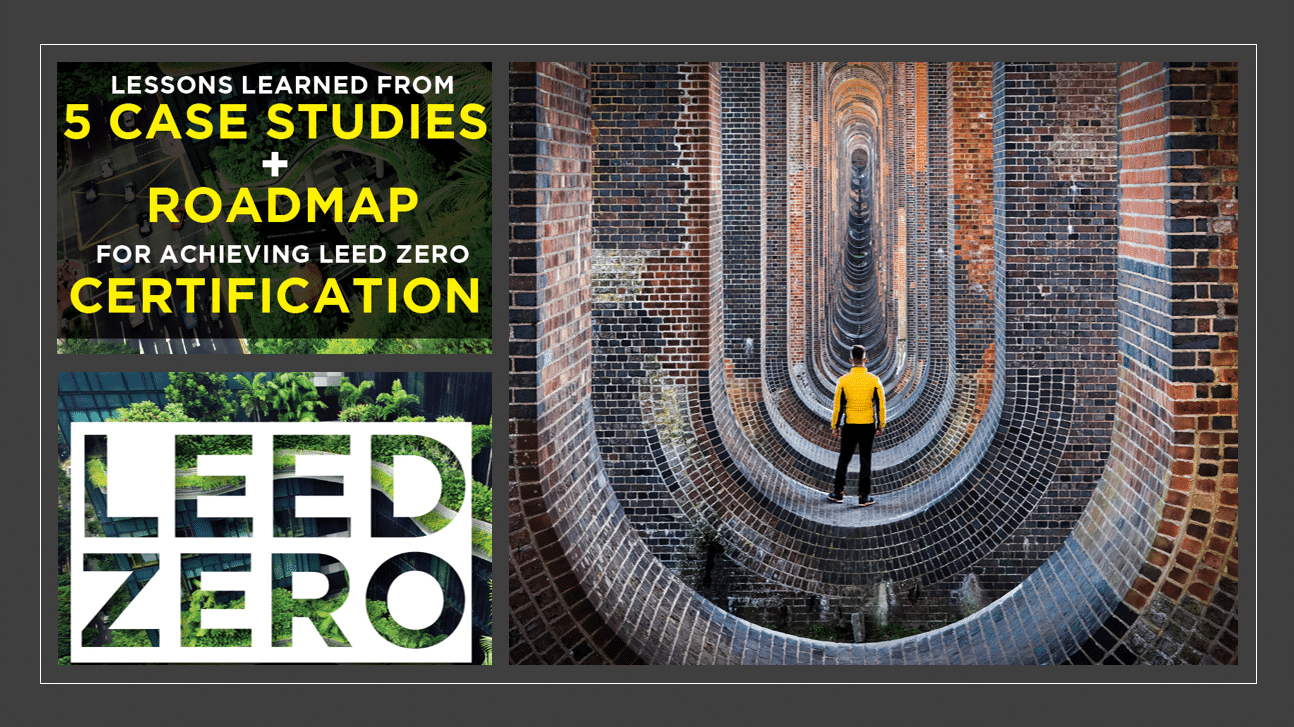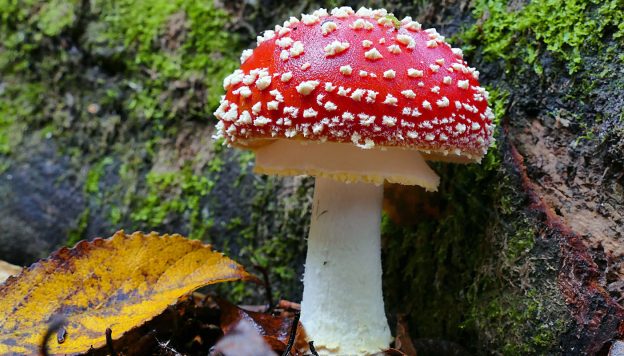Course Content
About
How might our planet meet the building needs of a global population, currently at 7 billion people and growing, without being permanently damaged? How might we look to nature for clues as to the best ways to adapt buildings so they have minimal environmental impact? How might we design buildings that mimic the natural world to achieve enhanced performance and be synchronous with nature?
This course explores the innovative ways building designers and architects are mimicking nature, using a sustainable design methodology called Biomimicry, to find solutions to some of the our biggest environmental challenges, such as depletion of nonrenewable natural resources, overpopulation, and climate change. Biomimicry is the process of learning from nature and emulating nature’s strategies and solutions to develop innovative forms, processes, and systems for solving complex design challenges. The Biomimicry methodology may be applied to residential and commercial buildings, landscaping, and major private and governmental projects to achieve sustainability-focused goals. You may be quite surprised at what a termite mound can teach us about ventilation!
What you will learn
- Understand and learn the concept of bio-mimicry and eco balance
- Analyze biomimicry strategies
- Learn how Biomimicry can be applied to the built environment
- Analyze Biomimicry case studies
- Evaluate Biomimicry projects for their effectiveness in achieving sustainability-focused goals
- Develop a perspective of the future of Biomimicry and the built environment












